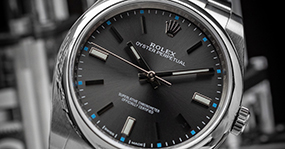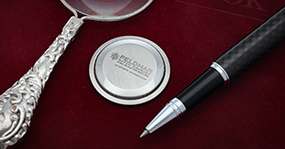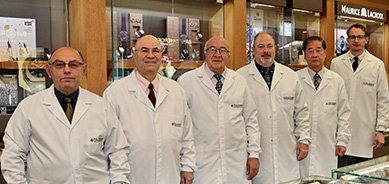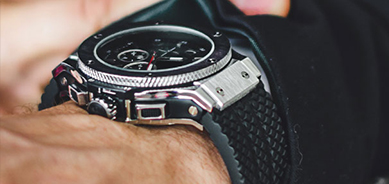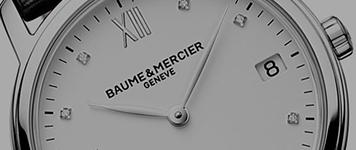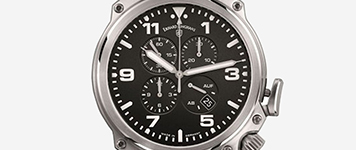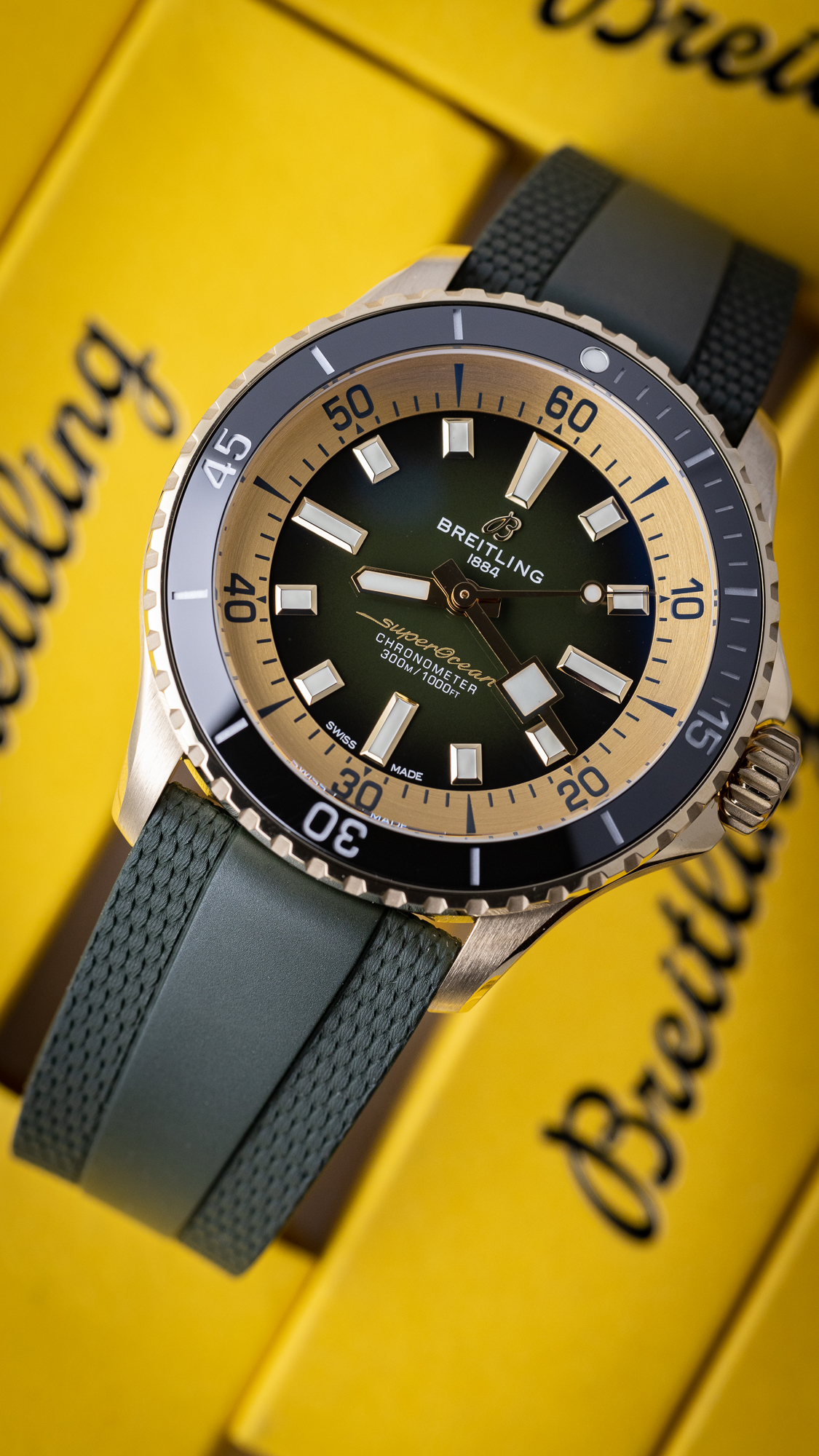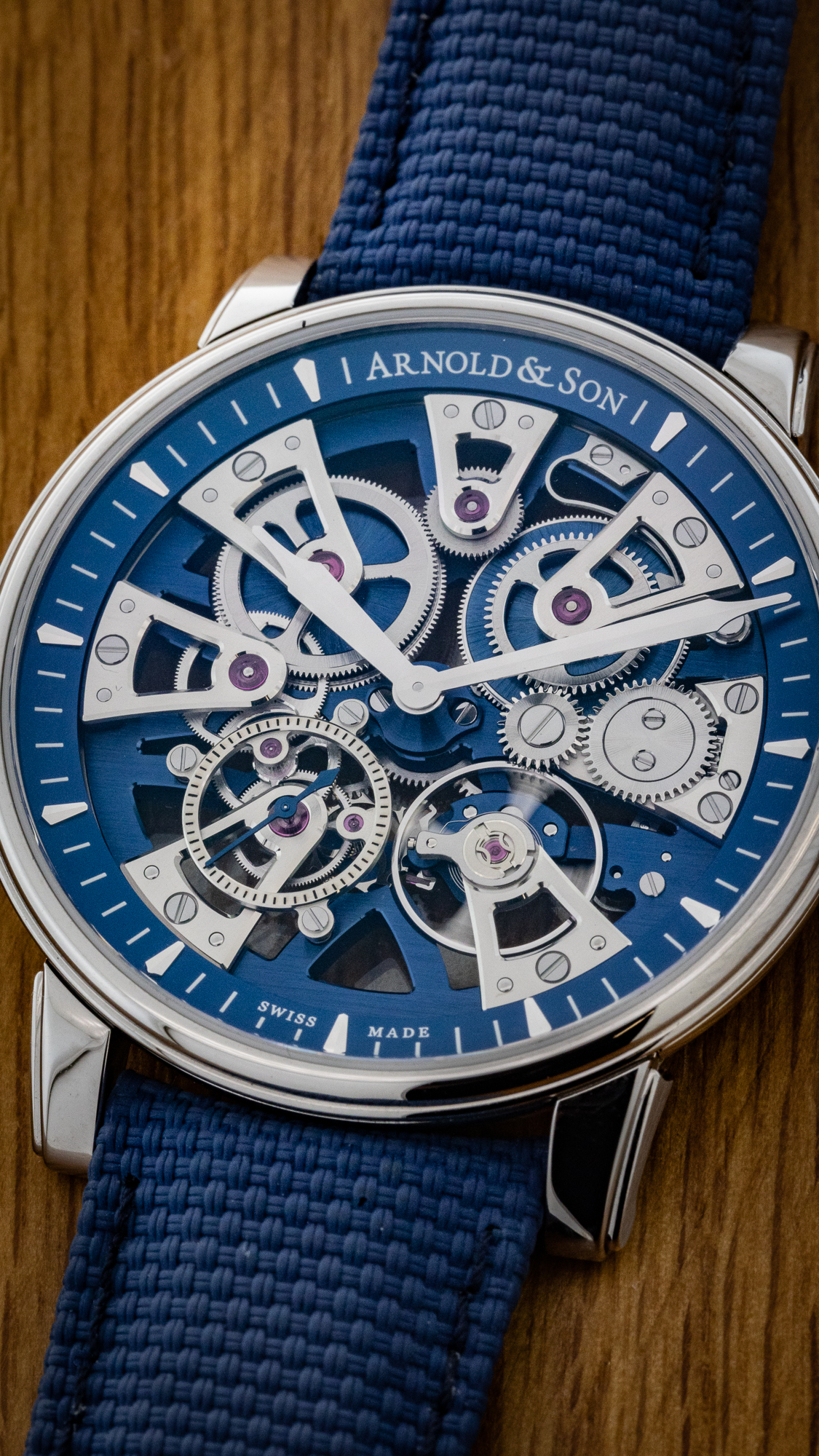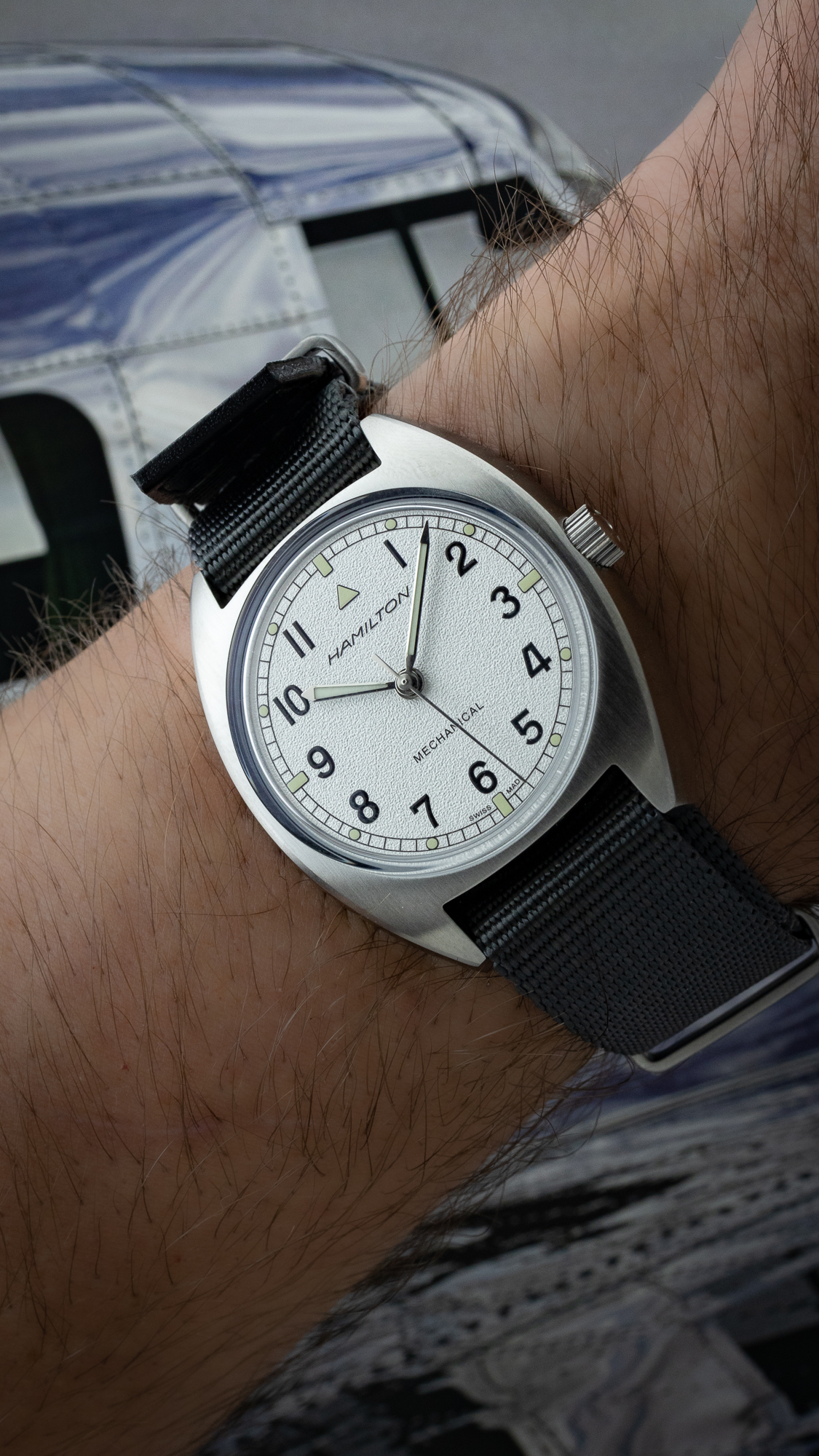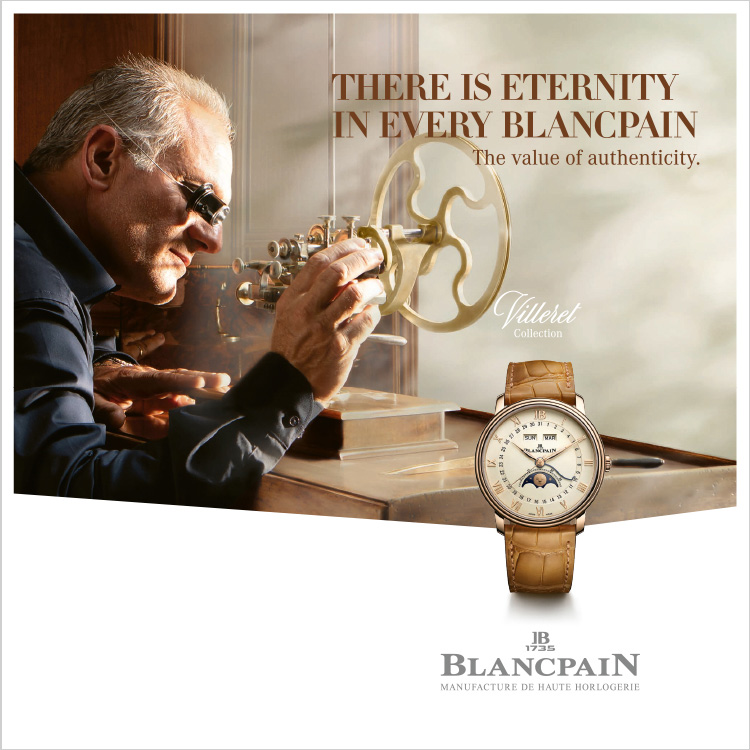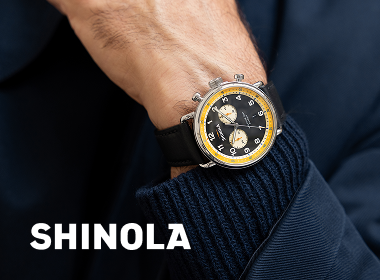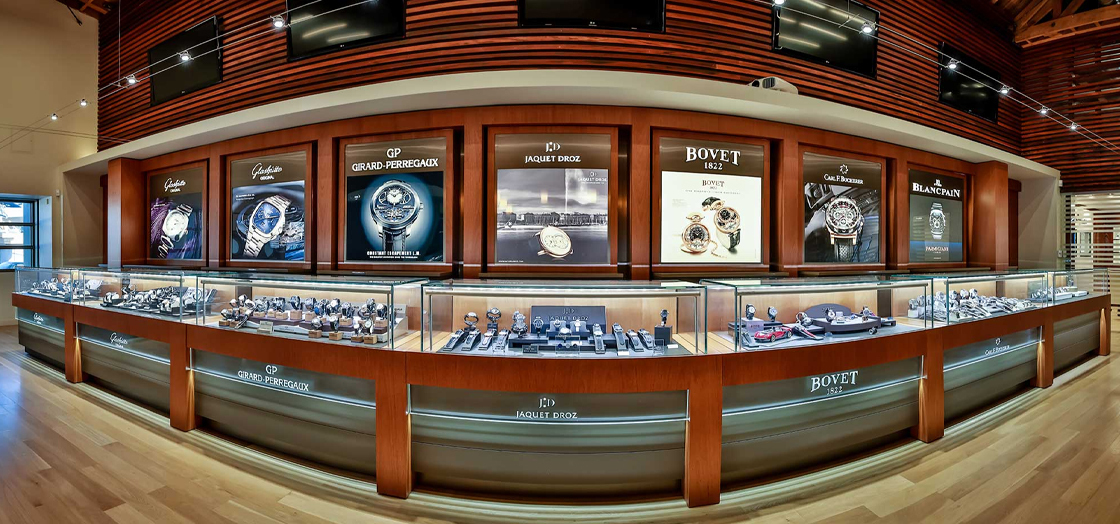
Automatic? Hand-Wound? Mechanical? What’s the Difference?
Love Seiko? Check out the all-new limited edition SLA066 and SLA065!
Watches have existed, in one way or another, since early 16th century Europe, when the same technology used in spring-powered clocks was adapted. There are many factors that distinguish one group of watches from another, but one of the most essential is, how is the watch powered? Today, most luxury watches are mechanical, but you may have heard the term “automatic” and “hand-wound” used in reference to luxury watches. Automatic? Hand-wound? Mechanical? What’s the difference?
The easiest way to answer that question is to start with some definitions.
Automatic Watches
Automatic watches are also known as self-winding watches, in that the watch winds automatically as the wearer moves their wrist. An automatic watch contains a weighted rotor, or oscillator. In concert with the movement of the wearer’s wrist, gravity moves the rotor, and a complex system of gears converts that movement into power which is transferred to the mainspring. Automatic watches have a specified power reserve, which is the amount of time the watch will run until this stored power runs out.
To offset this, some collectors like to keep watches not actively worn on a watch winders. These devices reproduce the movement of the wrist, so that your automatic watch is always ready to go. Watch winders are particularly useful if you have more than one automatic watch in your collection.
Hand-Wound Watches
With a hand-wound watch—also known as a manual wind watch—the name is self explanatory. Like automatic watches, hand-wound watches rely on power stored in a tightly wound coil (the mainspring). Unlike automatics, which use a rotor to wind things up, a hand-wound watch must be wound regularly by the wearer. The technology involved in a hand-wound watch is relatively straightforward—the wearer winds the watch via the crown, which then winds the mainspring. A series of gears and wheels allows the spring to unwind slowly over time, transferring the stored power to the watch’s escapement. A main balance wheel regulates how the energy is released, ensuring timekeeping accuracy.
Watch winders are unnecessary with hand-wound timepieces since unlike with automatic watches, there is no rotor that responds to motion.
Mechanical Watch
“Mechanical” is an overarching term that encompasses both automatic and hand wound watches. This designation covers any watch that is powered by mechanical means, either automatically or by hand winding. Sometimes, a hand-wound watch will be said to have a “mechanical movement” but don’t get confused—it’s just a different way of saying “it’s not an automatic”.
The watches not included under this umbrella title are battery-powered or quartz watches, which don’t require winding at all. Battery-powered quartz watches are extremely accurate, and tend to be less expensive than mechanical watches.
Which Is Right for You?
Whether you prefer an automatic or hand-wound timepiece is a matter of personal taste. Fans of automatic watches enjoy a greater selection as most luxury timepieces today are automatics. Also, they can be more convenient, since no extra steps are required for winding. Just put it on your wrist, and go!
Hand-wound watches, while rarer, typically are more robust and require less maintenance because there are fewer moving parts. They can also be thinner, since there is no extra room required for a spinning rotor. And while they may not be as convenient as an automatic, many watch connoisseurs enjoy the act of winding itself. They derive satisfaction from the ritual of watch winding.
Both automatic and hand-wound models, if cared for properly, can last for generations, treated as family heirlooms. Neither type requires batteries that need changing but still require periodic maintenance to ensure they run properly. And as a matter of aesthetics, mechanical watches tend to have a more sophisticated, classic appeal than their battery-powered counterparts.
Whether automatic or hand-wound, many watch lovers find the tactile experience of a mechanical movement to be something magical. The engineering required to build such a tiny machine that can do so much—all without the benefit of electrical circuits—is rare in today’s modern world.
Where Do You Fall?
That’s for you to discover! Find the finest luxury watches in the world at Feldmar. Browse our online store or stop in to our flagship location.



